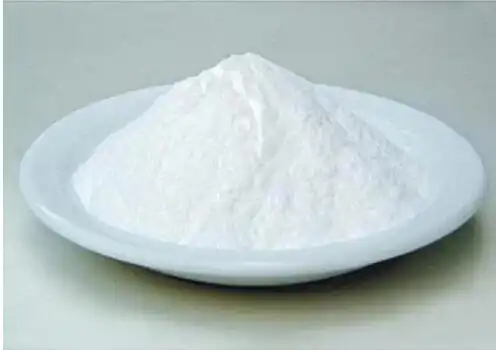1. Introduction
Brake pads are also called brake pads. It is a common type of friction material. In the automotive industry, brake pads are one of the key safety components. They are directly linked to our personal safety and are the umbrella for people and cars. Therefore, the selection and addition of materials must meet the national standards, and magnesium oxide is no exception. What role does the high-quality magnesium oxide for brake pads produced by Messi Biology play in friction materials?

2. The role of magnesium oxide in brake pads
Magnesium oxide in the brake pad can increase the decomposition temperature of the resin, thereby reducing the thermal decay, and then stabilize the friction coefficient, improve the compactness of the friction material, and reduce the effect of tacit calculation. At the same time, it can improve the wear resistance and high temperature resistance of the friction material, increase its toughness, make the product more stable, and make the brake noise smaller.
3. Looking forward to the development prospects
Looking at the development in recent years, as automobiles continue to enter thousands of households, the market prospects of friction materials both at home and abroad are still relatively optimistic. Therefore, the market demand for magnesium oxide is also increasing, which has great impact on magnesium oxide The development of magnesia has played a very good leading role, which is also good news for domestic magnesia enterprises, but it also means that product quality must be strictly controlled in order to protect the safety of thousands of households.
4. Matters needing attention
Both heavy and light magnesia can be used, and the amount of heavy magnesia is larger, while that of light magnesia is less. Relatively speaking, the products made of light magnesia are more stable, have higher qualification rate and better quality. Messi Biology can provide different products according to different needs of customers. In addition, magnesium oxide for brake pads has high requirements on product content, particle size distribution, heavy metals, fineness, whiteness, etc., which are details that cannot be ignored when selecting products!
